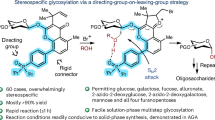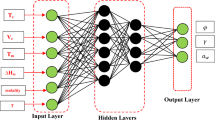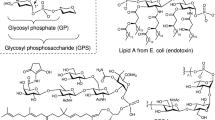Abstract
THREE naturally occurring aldohexoses—glucose, mannose and galactose—can readily be differentiated by the following method. Add 2 mgm. of the unknown sugar material to a solution of pyrocatechol at a concentration of 0.2 per cent in 85 per cent phosphoric acid syrup. Heat for 15 min. in a boiling water bath, shaking vigorously at the end of the first minute of heating to effect solution of the sugar. In these conditions, glucose produces a lilac colour, mannose produces a brown colour and galactose produces a red colour intermediate in quality between the colours afforded by glucose and mannose. The test is applicable equally to free and polymerized aldohexose. Amino-acids (apart from tryptophane) and gelatine do not produce colour in these conditions, and do not interfere even in large amount with this test.
This is a preview of subscription content, access via your institution
Access options
Subscribe to this journal
Receive 51 print issues and online access
$199.00 per year
only $3.90 per issue
Buy this article
- Purchase on SpringerLink
- Instant access to full article PDF
Prices may be subject to local taxes which are calculated during checkout
Similar content being viewed by others
Author information
Authors and Affiliations
Rights and permissions
About this article
Cite this article
HESTRIN, S., MAGER, J. Differentiation between Glucose, Galactose and Mannose by a Colour Reaction. Nature 158, 95 (1946). https://doi.org/10.1038/158095c0
Issue date:
DOI: https://doi.org/10.1038/158095c0



